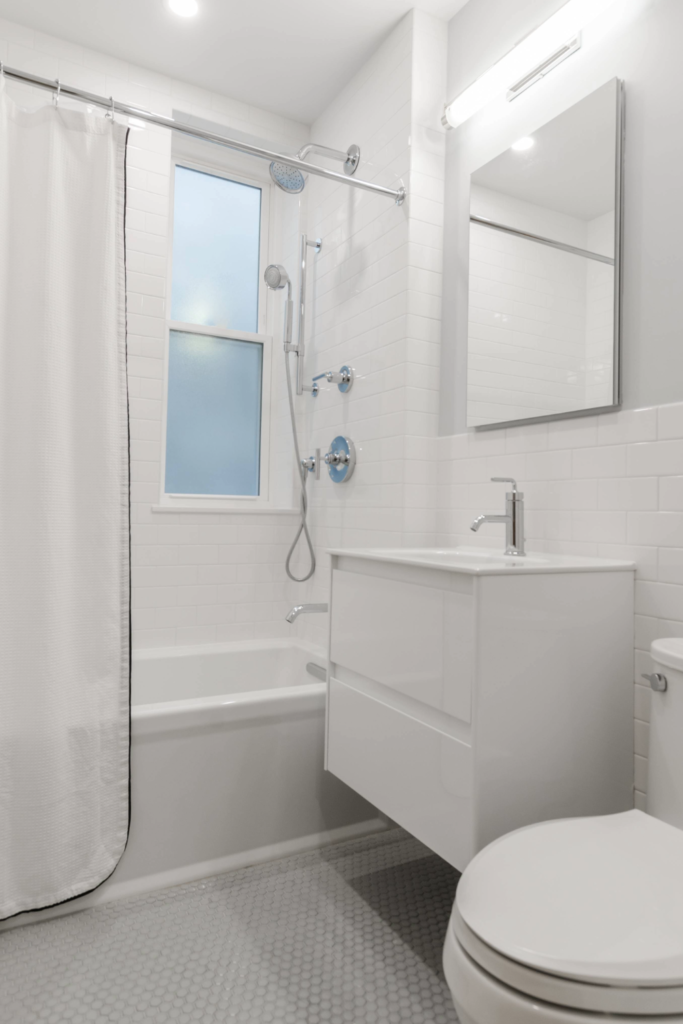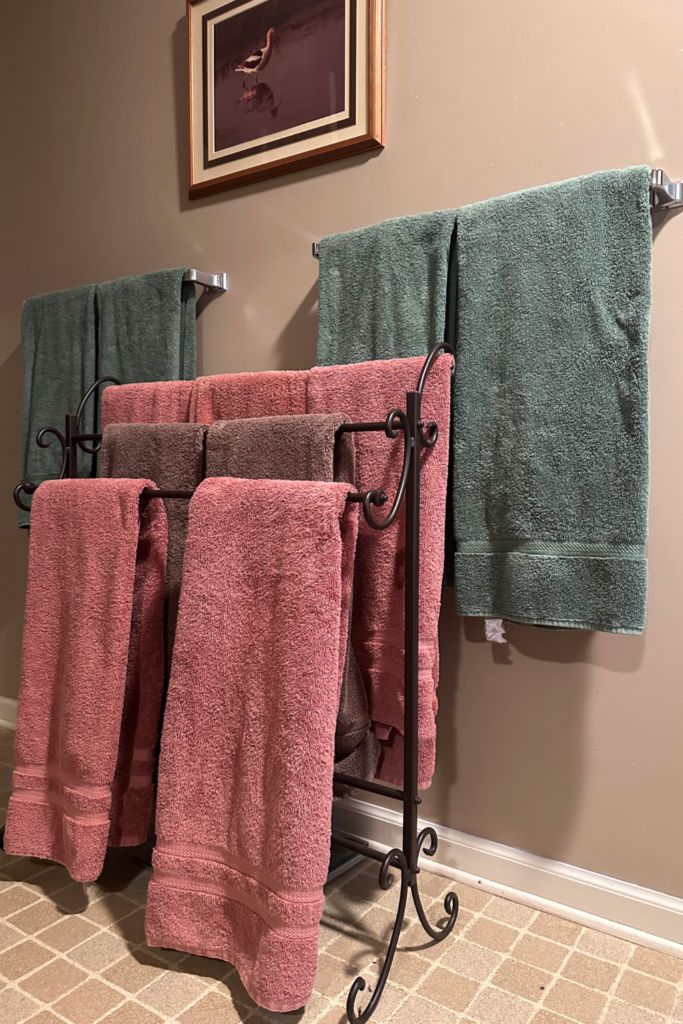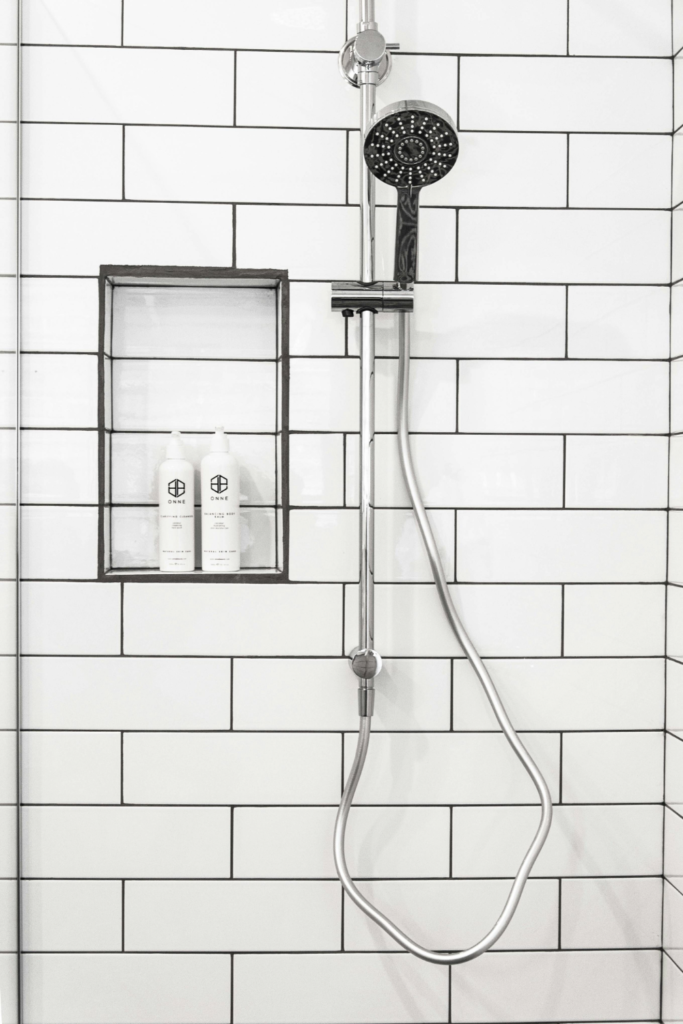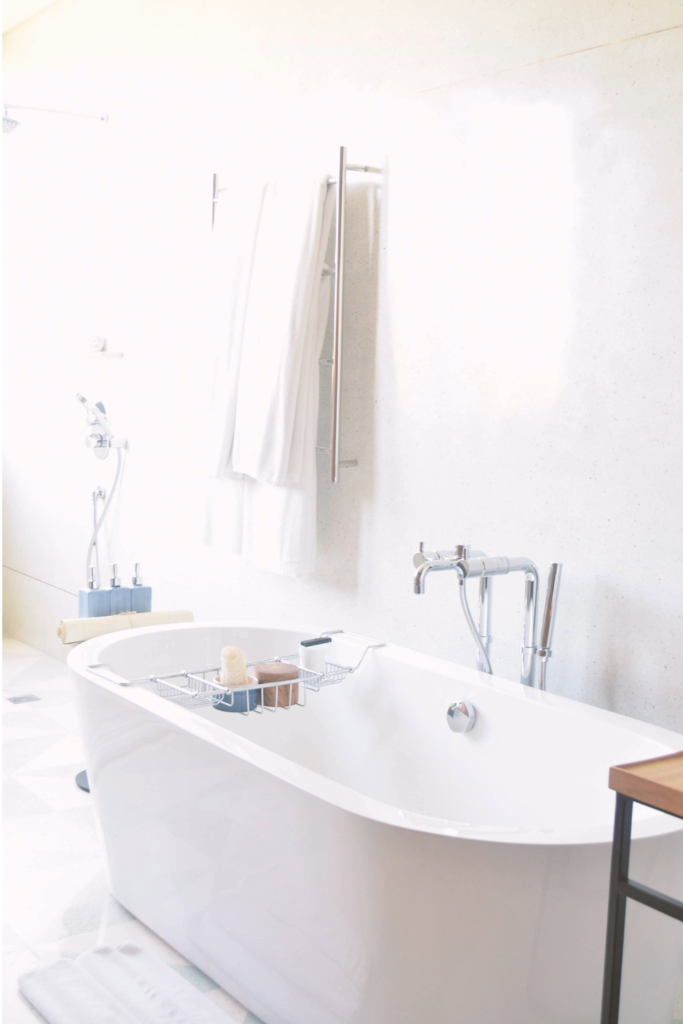What if a patient refuses to bathe? We try to respect their wishes. What if it goes on for days though? Now it has been a week and that person we love and care for just isn’t letting us in. They aren’t letting us help. It’s getting critical we think to ourselves. What about their skin? What about the smell? What if someone visits? Our loved one, the patient, wouldn’t want this if they were in their right mind. Are they losing their mind? What is causing this? Let’s get our detective caps on; it’s time to get to the bottom of this.

Let’s start at the top and work our way down. First let’s ask ourselves some questions. Have we changed the patients schedule? What was their routine before they needed our help? Morning or evening? Shower or bath? How often? Every day? Twice a week? What water temperature do they prefer?

I learned working as a nursing assistant in a dementia unit that the answers to these questions are really important, especially if memory is an issue. If the patient’s usual routine is to take a daily shower first thing in the morning or a bath last thing at night, it’s possible that all we need to do is get on their schedule.

It is not often this easy, however. If the patient bathes every third day, which is common for people with thin elderly skin, it can be difficult to convince the patient that today is actually the third day. “Tomorrow should be good enough,” they say. In this situation a “wash up” may be in order. Get a basin or 2 preferably of warm water, a wash cloth and some soap. Start by saying “let’s just wash your face up from breakfast or dinner” or “let’s get the sleepy out of your eyes”. Whatever excuse achieves victory. (Hold the dance until we see how far we can go.) Once we have wiped down their face with a nice warm wash cloth, let’s grab some soap and say something to the effect of “let’s get these hands nice and clean”, gently working our way up to the elbow, following quickly with a towel. Warmth is often the key to success. If we’ve received no complaints the armpit is our target goal. Continue up the arm gently, following with a towel. Remember a perfect bath is not our goal. Our number 1 goal is building trust, number 2 is comfort, number 3 is skin assessment. Getting clean would be a great bonus! So, we have made it to the armpit. “Oh no”, you say, “I got your shirt all wet. Let me run grab a fresh one.” Followed by, “While we’re changing shirts, wouldn’t it feel good if I scrubbed your back?” Chances are it’s been itching and a scrub will feel good. If all is going well, we can suggest that since we are already to this point and have all the stuff right here, let’s go on and finish the bath and we won’t have to start all over again tomorrow. If the patient is agreeable, I suggest keeping the victory dance in your head until you’re loved one, the patient, is down for a nice clean nap. We have achieved success!

Good job, we got through the first bath or wash up. Now let’s keep digging for the root of our problem. Is it modesty? I have had a lot of patients request that I give them their showers because I never made them feel exposed. If modesty is the issue, I’m sorry, but it’s towel washing time! I have sometimes gone through 6 towels during one shower (top, middle, bottom then exchanging them as they got wet). Or a bath robe could be effective, just opening it up to one area at a time. Sometimes I’ve had dementia patients agree to get in the shower but refuse to take off their clothes. But once wet, they are ready to come out of them.

What else could be causing them fear and anxiety? I’ve seen cases where it turned out that a patient never learned to swim and not being in control of the water made them anxious. Being allowed to turn the knobs and hold the shower wand gives them a sense of control. You as the caregiver may just get a little wet in the process and always remember to dry the floor before the patient walks or transfers.
I love walk-in tubs, but they are expensive. I used to use the tub at the nursing home for patients all the time. I would turn on the jacuzzi jets and the bubbles provided privacy. One patient always described her baths as reminding her of swimming in the river when she was a kid. She always sang while she bathed.
We just have to get to the bottom of the fears, through the embarrassment and find a way to make bath time a pleasure and a moment of dignity. Communication is key. Breaking things into small steps is best, and trust is a must. One day at a time.

Good suggestions!